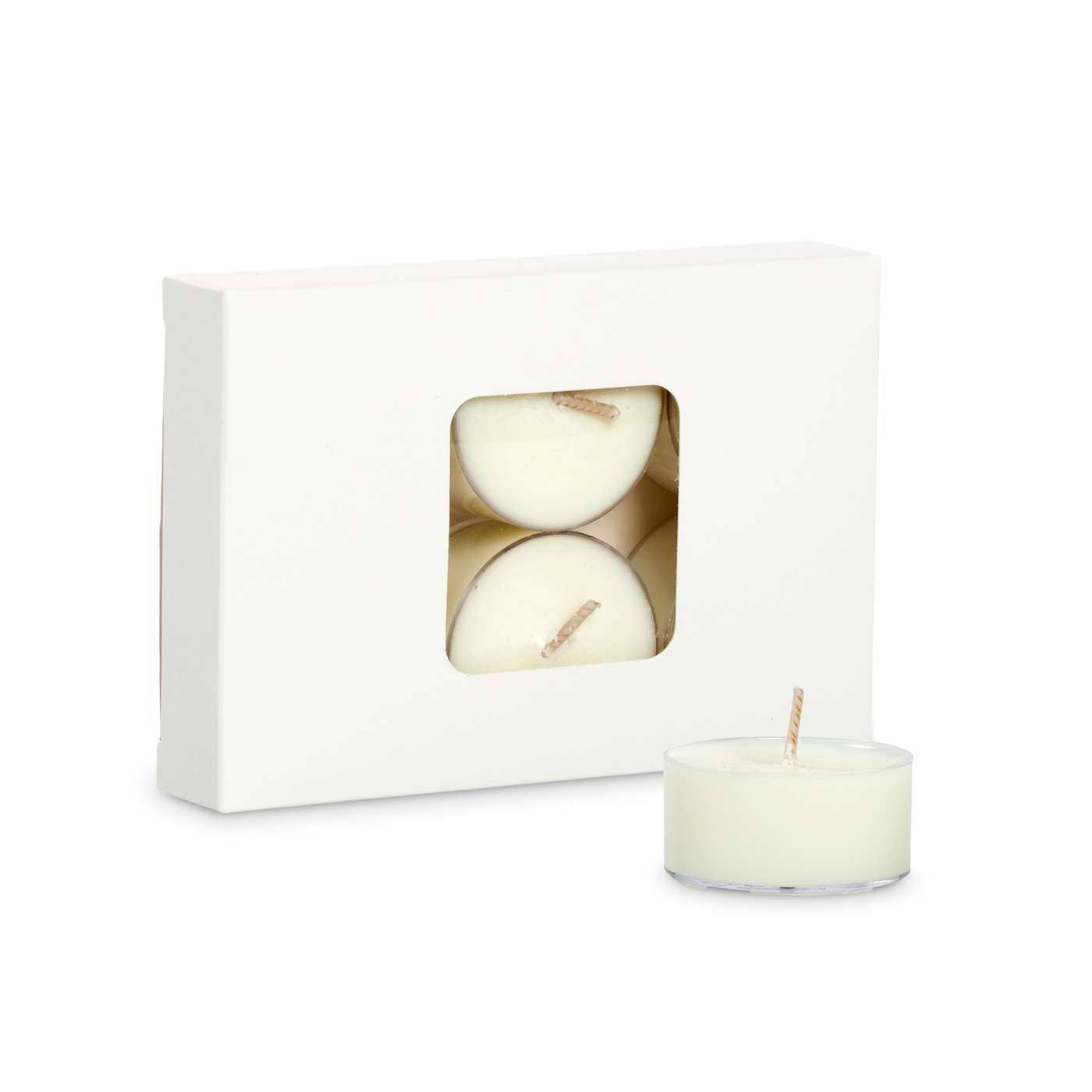Shop Sustainable Soy Wax Candles and Home Fragrance Collections
Shop Sustainable Soy Wax Candles and Home Fragrance Collections
Blog Article
From Wick to Wax: Understanding the Chemistry Behind Soy Wax Candles and Their Ecological Influence
As we illuminate our spaces with the warm glow of candle lights, there exists a realm of elaborate chemistry behind the seemingly basic act of lighting a soy wax candle light. The choice in between soy and paraffin wax prolongs past plain aesthetics, delving right into the realm of ecological influence and the very structure of the products. Recognizing the molecular structure of soy wax and its combustion process loses light on the discharges launched right into our surroundings. Join us as we decipher the scientific details behind soy wax candles and explore their effects on our setting.
Soy Wax Vs. Paraffin Wax
When comparing soy wax and paraffin wax for candle making, it is vital to comprehend the unique features and advantages of each product. Soy wax is a natural, sustainable source originated from soybean oil, making it eco-friendly and eco-friendly - soy wax candles. In contrast, paraffin wax is a byproduct of petroleum refining, which increases problems regarding its environmental influence and sustainability
Soy wax candle lights melt cleaner and emit less soot compared to paraffin wax candle lights, making them a much healthier selection for indoor air top quality. In addition, soy wax has a reduced melting point, allowing for a longer-lasting candle that spreads scent much more efficiently. Paraffin wax, on the other hand, tends to melt faster and much less easily, potentially releasing harmful chemicals right into the air.
From a sustainability viewpoint, soy wax is favored for its biodegradability and renewable sourcing, straightening with the expanding consumer choice for ecologically conscious items. While paraffin wax has been a conventional option in candle making due to its price and convenience of usage, the change towards environmentally friendly alternatives like soy wax is obtaining momentum in the industry.
Chemical Structure of Soy Wax

Burning Process in Soy Candles
The chemical composition of soy wax straight influences the combustion process in soy candle lights, impacting aspects such as shed time, fragrance launch, and ecological effect. When a soy candle is lit, the heat from the fire thaws the wax near the wick. This liquid wax is after that formulated the wick due to capillary activity. As the liquid wax reaches the fire, it evaporates and undergoes burning. The combustion process entails the vaporized hydrocarbons in the wax reacting with oxygen in the air to generate warmth, light, water vapor, and carbon dioxide.
The combustion performance of soy candle lights is influenced by the purity of the soy wax and the high quality of the wick. Furthermore, soy wax candle lights have a lower ecological influence compared to paraffin candle lights due to their naturally degradable and renewable nature.

Ecological Benefits of Soy Wax

Considered a sustainable choice to standard paraffin wax, soy wax supplies significant ecological advantages that make it a popular selection amongst eco-conscious consumers. Soy wax burns cleaner and produces much less residue than paraffin wax, contributing to much better interior air top quality and minimizing the need for cleaning and maintenance. On the whole, the ecological advantages of soy wax straighten with the expanding demand for eco-friendly and sustainable products in the market.
Recycling and Disposal Factors To Consider
Recycling and proper disposal of soy wax candle lights play a vital duty in maintaining environmental sustainability and minimizing waste in areas and households. The very first action is to ensure that the candle has actually shed entirely when it comes to reusing soy wax candle lights. This can be attained by permitting the candle to burn until the wick is no more usable, and after that allowing the staying wax cool and strengthen. When the wax has solidified, it can be meticulously removed from the container.

In regards to disposal, if recycling is not an alternative, soy wax candles are biodegradable and can be securely dealt with in most house waste systems. It is constantly recommended to check with regional reusing facilities or waste monitoring solutions for details standards on candle disposal to make certain correct handling and ecological security.
Conclusion
In verdict, the chemistry behind soy wax candles exposes their environmental benefits over paraffin wax candles. Soy wax, stemmed from soybean oil, burns cleaner and produces much less soot when contrasted to paraffin wax. The combustion procedure in soy candles is much more efficient, leading to a much longer and a lot more also burn. In addition, soy wax is biodegradable and eco-friendly, making it a more sustainable selection for candle manufacturing. Reusing and proper disposal of soy wax candles better contribute to their environmental effect.
When contrasting soy wax and paraffin wax for candle production, it is vital to recognize the distinct attributes and advantages of each material (candles).Soy wax candle lights shed cleaner and discharge much less residue contrasted to paraffin wax candles, making them a healthier option for interior air quality.Thought about a sustainable option to standard paraffin wax, soy wax supplies noteworthy environmental benefits that make it a popular choice among eco-conscious consumers. Soy wax burns cleaner and produces less soot than paraffin wax, adding to far better interior air quality and minimizing the requirement for cleaning and maintenance.In conclusion, the chemistry behind soy wax candles reveals their ecological benefits over paraffin wax candles
Report this page